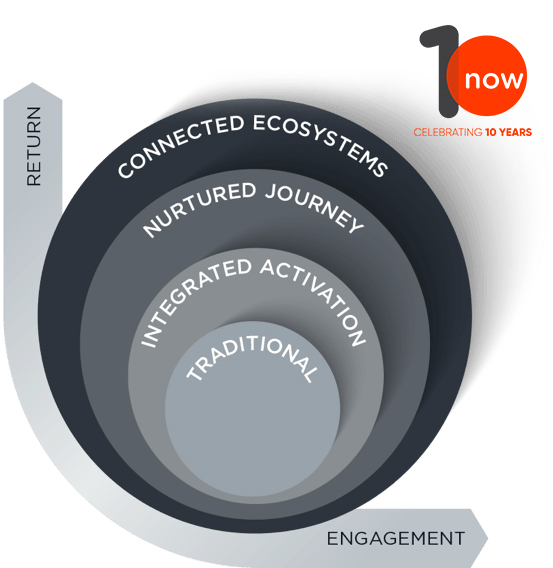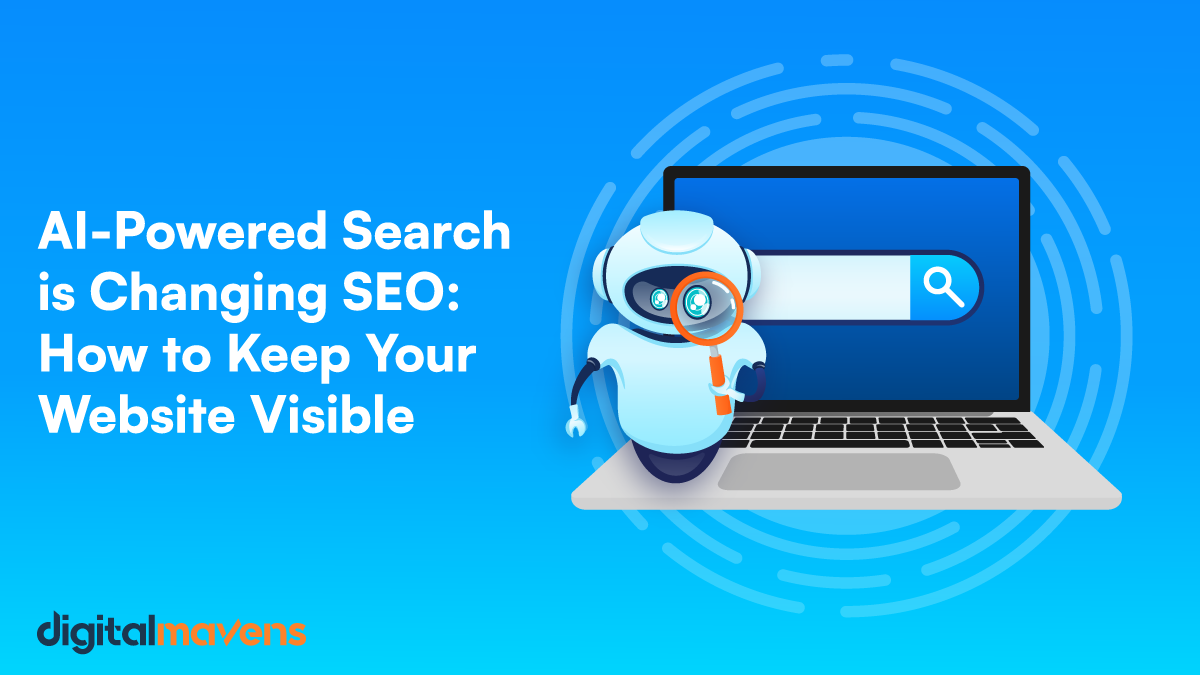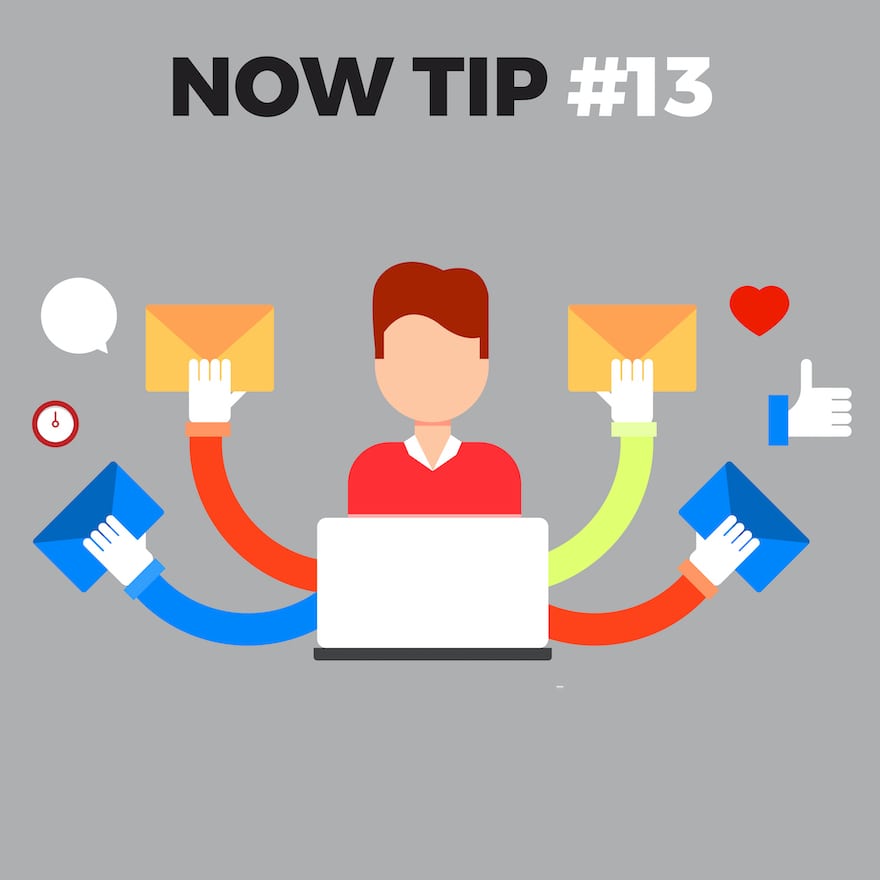Marketing has changed so much over the years. It has been disrupted by new technologies (i.e: internet, smartphones, software, AI, and soon-to-be billions of connected things); transformed by new delivery channels; influenced by evolving customer behaviours; and held accountable by the ever-increasing multi-sourced data sets (and streams, lakes and oceans) now available. The game has well and truly changed.
Many businesses are struggling with how to best manage the change in business requirements, with how they deal with their customers, and how they set-up and structure their teams and agencies. The marketing playbooks that worked before are no guarantee to work today and tomorrow.
When working with businesses, the most common questions I get asked are: how do I transform my marketing team and their capabilities? How do we stay relevant to our audiences? What skills do we need going forward? How do we bring everything together? What is our future roadmap?
Working on the agency side has its many benefits. One is that we get to work with a large range of clients, industries and audiences. This range and volume of work has helped me put together a 4-stage model of marketing transformation. The thinking is one-part categorising and observing the sophistication levels of our different clients, and one-part strategic problem-solving and road mapping for our clients. As a theoretical marketing model, I’ll let others comment on its robustness, but for myself and the clients of Now Comms it has been a nice pragmatic conversation starter and discussion guide opening up some fundamental problems about transforming a business. Hopefully, it can help a few more businesses and marketing teams as well.
The 4-Stages of Marketing Transformation:
The 4 most common stages of marketing are:

As the stages progress, the greater the digital sophistication required.
Return on Investment (Y-axis) recognises that marketing teams are increasingly required to deliver direct financial impact to their business. Engagement (X-axis) recognises the need to drive greater customer engagement in a world that is speeding towards hyper-personalisation.
This stage hopefully is easy to understand. It’s traditional. It’s the existing touchpoints and activities, taught at universities, internal company training programs, and understood by senior management. They include and are not limited to: TVCs, radio ads, outdoor/out-of-home, print, sponsorships, events, catalogues, flyers, direct mail, media releases, gift-with-purchase and PR stunts.
The behaviour at this stage is typically doing things that you’ve always been comfortable with, it’s mainly broadcast one-way mass audience activities, set-and-forget campaigns, with mostly fluffy or over-arching KPIs. Touchpoints are developed by different teams within the business and that means they are mostly siloed in execution. Included in this stage definition are also new age tools such as social media, digital media, SEM, email marketing, SMS, web content and blogs – on the basis that they are being used in isolation of other touchpoints or used as mass advertising single-delivery tools.
Most companies are past this point, but there are lingering tendencies within large organisations to revert back to what they know.
Typically, the next evolution appears in marketing teams, when larger campaigns are delivered that require a multi-touchpoint approach across channels and mediums. The most basic level here is to just coordinate the touchpoints at the same time, so your TVC is live during the same period as your print ad, banner ad etc.
At the more sophisticated level, marketing teams start to take a 360° view of the campaign and begin to integrate with the sales and category teams.
It’s still mass marketing, traditional in approach, but at least the elements are coordinated, have well-thought through messaging at each level (that makes sense), and link in and connect with each other.
In the next article, I’ll explore the two final stages of marketing transformation and offer tips on how your teams can make the jump to the next stages.


